After removing the electrical outlet, a lot of folks find the green wire and get curious about its purpose. Just how the black wire in the panel refers to a purpose, the green wire does as well. I have the answer which you are looking for.
So, what is green wire in electrical panels? It’s nothing but ground or earth cable that connects to the ground post to prevent fire or power surges. Sometimes this sort of wire can be green with a yellow stripe or bare copper without any insulator or shell.
Don’t worry if it seems unclear right now, as I’ll share all about ground wire from the color to the connection and so on so you can understand. Scroll Down to Discover More!
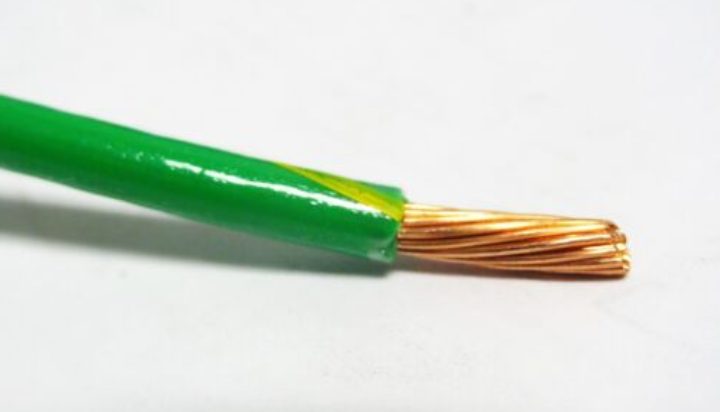
The Green Wire In Electrical Panel Is Ground Cable!
It depends on the country type, to begin with! You see the query about “what color wire is green” will fit if talking about the earth connection in the electrical panel.
If it’s about 3 or 1-phase wire for home appliances in Canada & America (NEC), the UK before 2004, Malaysia, Japan, Singapore, Brazil, and so on, the green wire is always ground or earth cable.
There are a few green wires that can be used in neutral or other wires. But in general, the color green goes for the ground in the electrical panel.
Do you know the reason why the green color wire represents ground or earth cable? The color green resembles the grass which is grown in the land by filling the natural shade. That’s why the ground or earth line has green in the wiring.
This type of wire has a low resistance path to go through fault conditions and protects the main circuit from firing or other electrical damage.
In modern days the color of ground wire has green with yellow stripes or bare copper without insulators (change the color for color bind folks).
The Grounding Wire Color Based on Different Countries!
Based on NEC, IEC, and other standards, the color of ground wire can be different than green. Here’s what I mean:
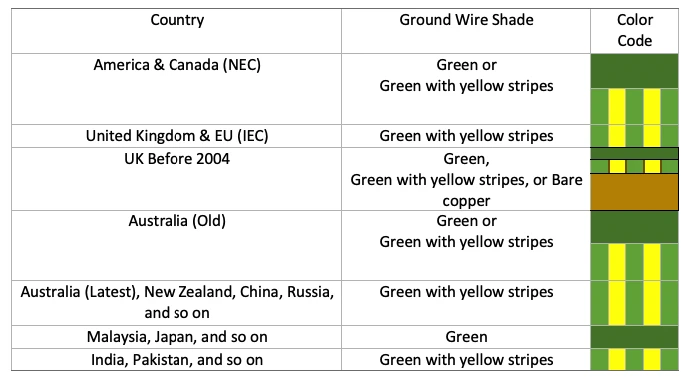
Is Green Wire the Same As Black Wire Or Not?
The green wire is ground cable while the black wire in electrical panels is hot live cable. Both of them aren’t the same in many fields. Let me break down their differences here:
| Green Wire (Ground) | Black Wire (Hot Live) |
| This type of wire gives an extra route for the circuit to go into the earth or ground without facing electrical misfire or shock. | It uses the main power feed to an electrical circuit. |
| It offers additional electrical charges to go into a safe passage or place. | This holds the current or voltage from the power source to the outlet. |
| If not using the ground wire, the electrical panel will get a spark, fire, electrical shock, and so on. | If not using the hot live wire, the electrical panel won’t have the power to provide it to the outlet. |
| This doesn’t carry current or voltage. | This carries half of the normal power circuit just like the neutral wire. |
What Do I Connect the Green Wire To?
As you know is green wire live or neutral or ground, it’ll be easy to sort out exactly where it should go. The ground (green, green with yellow stripes, or bare copper) wire will go directly into the ground conductor in the electrical box.
To understand it better, the wire will be grounded or earthing through the conductor connection. It needs to land on the ‘bonded’ terminal or post which you’ll find a small zone for it to fit into with a screw.
Almost every electrical work related to the charging stuff or power supply has a ground wire that will go into the conductor in the box.
Overall Thoughts
Still, wondering what is green wire in electrical panels? Hope that’s not the case since I’ve explained the reason for it being the ground or earth cable.
The old wire of the ground used to be green with no stripes or lines. However, for users to see the color better, the manufacturer changes the color of it to green with a yellow striper or bare copper state.
Be sure to get an expert’s help if you don’t know about the wiring color and never touch any wire without wearing the rubber shoe while the power source is turned off.
I hope this guide is informative enough for you. Have A Good Day Ahead!


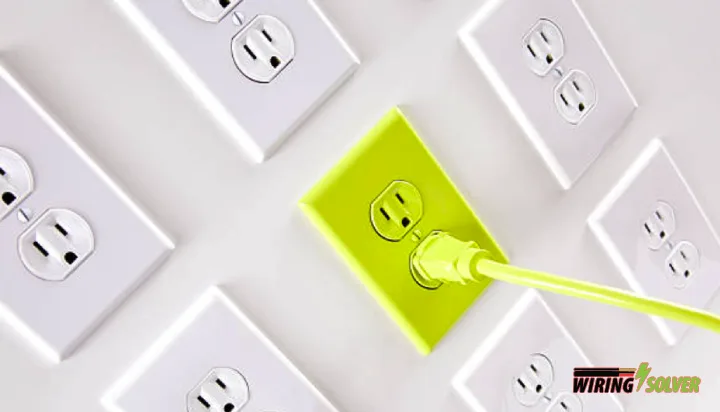
![Why and When Is Myers Hub Required? [All You Need to Know]](https://wiringsolver.com/wp-content/uploads/2022/11/when-is-Myers-hub-required.jpg)
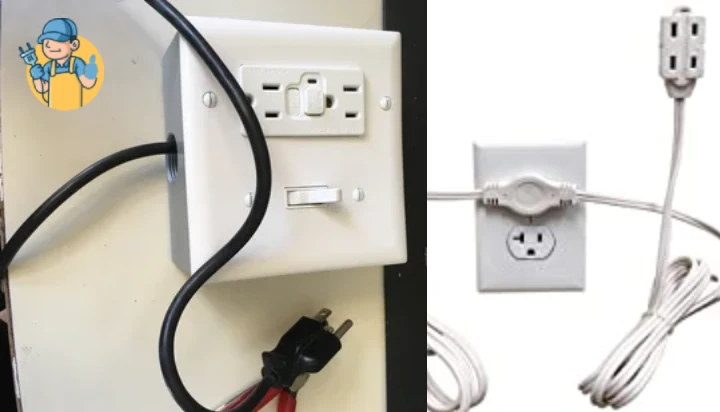
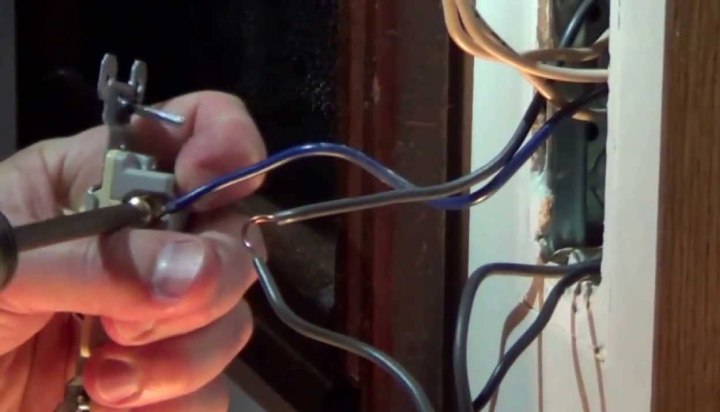
![Can an 8-Gauge Wire Handle 50 Amps? [Explained]](https://wiringsolver.com/wp-content/uploads/2022/09/Can-an-8-Gauge-Wire-Handle-50-Amps.jpg)